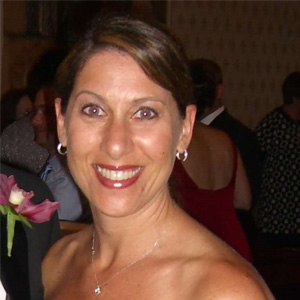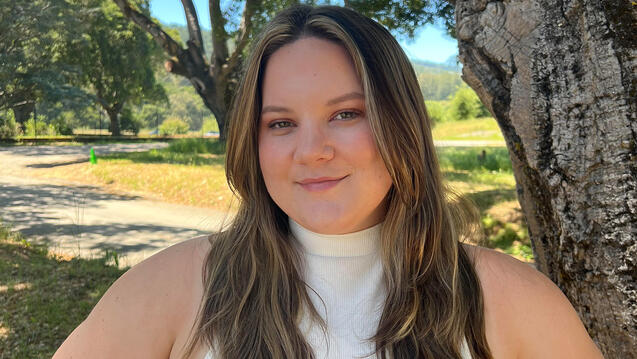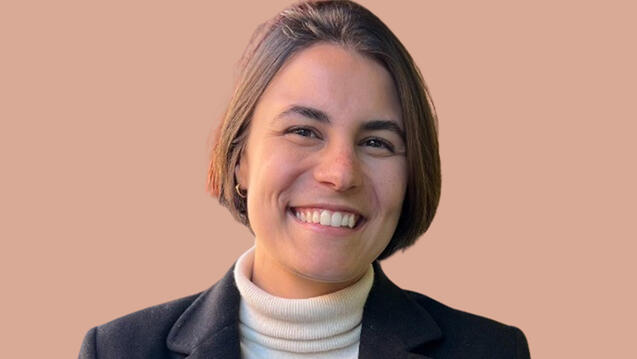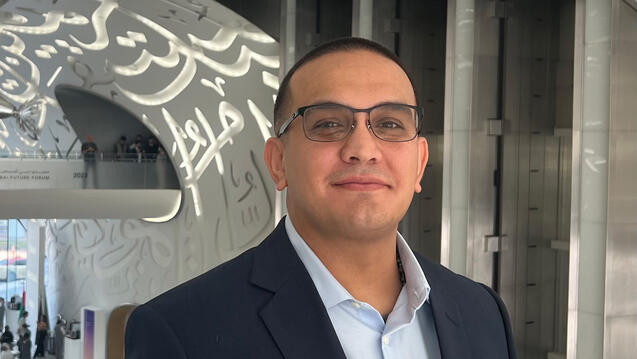
Alumni Thrives in Professional Communications

Professional Communication is one of the most versatile career paths out there. Learn more about the types of roles available in the field. Sharon Aretsky is an HR Communications Manager at the University of California San Francisco, one of the nation’s top hospitals. She graduated in Speech, Communications and Marketing and holds a master’s degree in Asia Pacific Studies and has held a diverse spectrum of professional communication roles in entertainment PR in Los Angeles, project management at Gap Inc., and internal employee communications at Charles Schwab.
Can you share a little bit about what your current job entails?
In my current role at UCSF, I focus on HR communications within an academic setting, which has been a very different experience compared to my previous corporate roles. A significant part of my job involves leading communications for key projects, including major technology implementations that span across UCSF and impact HR processes. Overall, my work is about driving communications that tie together all HR efforts and ensure employees feel connected to UCSF’s commitment to their growth and success.
You transitioned from a corporate setting (Gap Inc., Charles Schwab) to an academic one (UCSF). What excited you about the transition?
Moving to UCSF was an exciting opportunity for me because it allowed me to step into a newly created role where I could make a significant impact. There hadn’t been a dedicated communications lead in the department before, so I had the chance to build the structure and processes from the ground up. That kind of creative freedom and the ability to shape the role was very appealing to me. Additionally, I saw it as an opportunity to bring the strengths of a corporate background—such as a strong emphasis on structure, processes, and prioritization—to a different environment.
Can you share an example of a project or campaign you're particularly proud of within your current role as HR Communications Manager?
One of the most exciting initiatives I’m working on is called 'People Strategy.' This project is about creating a cohesive framework that outlines how UCSF supports employees throughout their journey—from recruitment and onboarding to career development and even retirement. While HR doesn’t own the strategy (it’s owned by all departments at UCSF), we’re taking the lead in shaping and launching it. We’re building a communication strategy that initially includes a web presence to share initial information about the strategy and make it easily accessible. The communication goal is to make employees feel heard, appreciated, supported, and for them to understand that leadership prioritizes employees and understands that people are UCSF’s greatest asset.
You moved from entertainment PR to project management to employee communications; how did you navigate the transition from the different roles you held in your career?
I think communication has always been a core strength of mine, and it played a crucial role in helping me navigate these transitions. In project management, effective communication was essential for coordinating across diverse teams, aligning priorities, and ensuring that projects moved forward smoothly. Those experiences honed my ability to convey clear messages and connect with various stakeholders. Moving into a more focused communications role at Schwab felt like a natural progression. It allowed me to lean into my strengths by supporting leaders in their communications, whether it was coaching them on team interactions or helping them engage with external groups. Each role built on the other, and I found that the skills I developed in earlier positions translated well and allowed me to thrive in new contexts.
Talking about professional communication, what skills or attributes do you consider essential for success in professional communication?
Being a good listener and asking the right questions are critical to gather the information needed to craft effective messages. When I’m consulting with my HR teammates on message development, I’m doing so with customer focus. This often brings up questions that I pose back to my colleagues to help us create a clearer and more actionable message. Organization and planning are equally important—tools like editorial calendars help manage priorities and stay proactive. It’s also essential to understand your audience, tailoring communications to their needs to ensure clarity, engagement, and driving action.
From a professional communicator perspective like yours, can you share your predictions for communications in 2025?
That is a hard question right now, as there are so many unknowns in the world of communication. In 2025, I hope to see a renewed focus on trusted, reliable sources of information as people become more discerning about what they read, especially amidst the rise of influencers as a news source.


